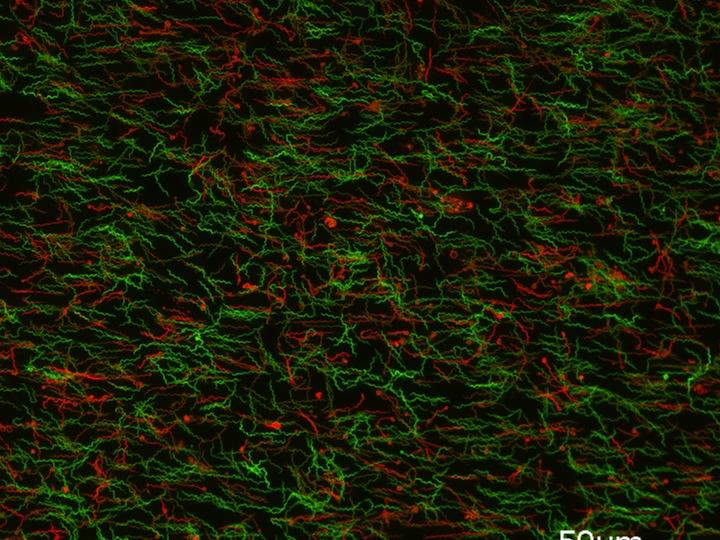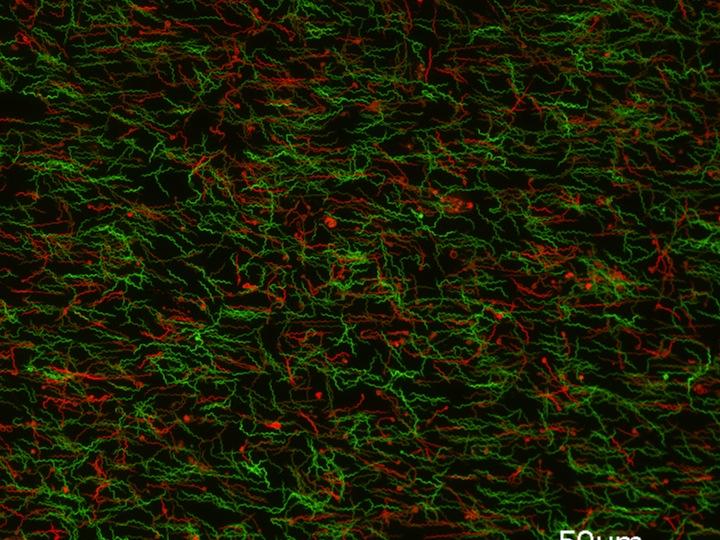
Credit: Janakiram Seshu
Janakiram Seshu, associate professor of biology and associate dean of The Graduate School at The University of Texas at San Antonio (UTSA), has received a $404,250 grant from the National Institute of Allergy and Infectious Disease to support his research to better understand and prevent the spread of Lyme disease.
"Dr. Seshu's top-tier efforts in infectious disease research are a source of immense pride for the UTSA College of Sciences," said George Perry, Semmes Foundation Distinguished University Chair in Neurobiology and dean of the UTSA College of Sciences. "His work will undoubtedly have a great impact on our knowledge of Lyme disease, as well as our efforts to fight it."
"As Lyme disease-carrying ticks increasingly spread to new areas of the country, we need to improve our understanding of the disease. Dr. Seshu's bacteria research will help us limit Lyme disease's spread and allow folks here in Texas and across the nation to live healthier lives," said U.S. Representative Joaquin Castro. "Thanks to UTSA's continued leadership, science thrives in San Antonio."
Seshu, a member of the South Texas Center for Emerging Infectious Diseases, is best known by his peers for his inventive approach to stop the spread of Lyme disease. His work, described in a recent paper, leverages medication that is normally used to lower cholesterol.
"As a member of The South Texas Center for Emerging Infectious Diseases (STCEID), Dr. Seshu's work is always interesting and innovative. With Lyme disease-carrying ticks now present in over half the country, his research and findings will provide new insights in the treatment against the particular bacterium," said Bernard Arulanandam, UTSA interim vice president for research.
The big question at the heart of Seshu's research is how the bacterium that causes Lyme disease, called Borrelia burgdorferi, is able to adapt to its immediate environment inside the tick vector or infected mammalian hosts. Mammalian bodies are very rich in nutrients and fatty acids, which make it very easy for the bacteria to thrive. The tick's body is very different. It's very poor in nutrients. Yet the bacterium adapts very quickly and allows the disease to spread.
To limit the transmission of the disease, Seshu's entire laboratory is focused on understanding how the Lyme disease-carrying bacterium can reinvent itself to live for so long in such a disagreeable environment.
"This award from the National Institute of Allergy and Infectious Disease is an exciting investment to tackle a major debilitating disease in the US," Seshu said. "I'm looking forward to advancing our understanding of this disease, so we can start finding better solutions."
###
Media Contact
Joanna Carver
[email protected]
210-243-4557
@utsa
http://www.utsa.edu





